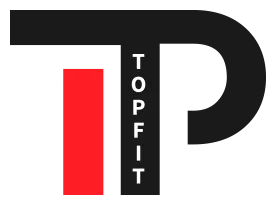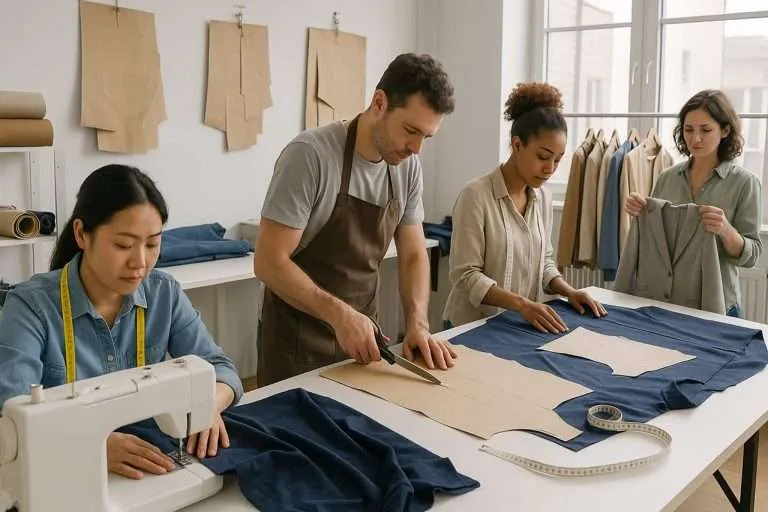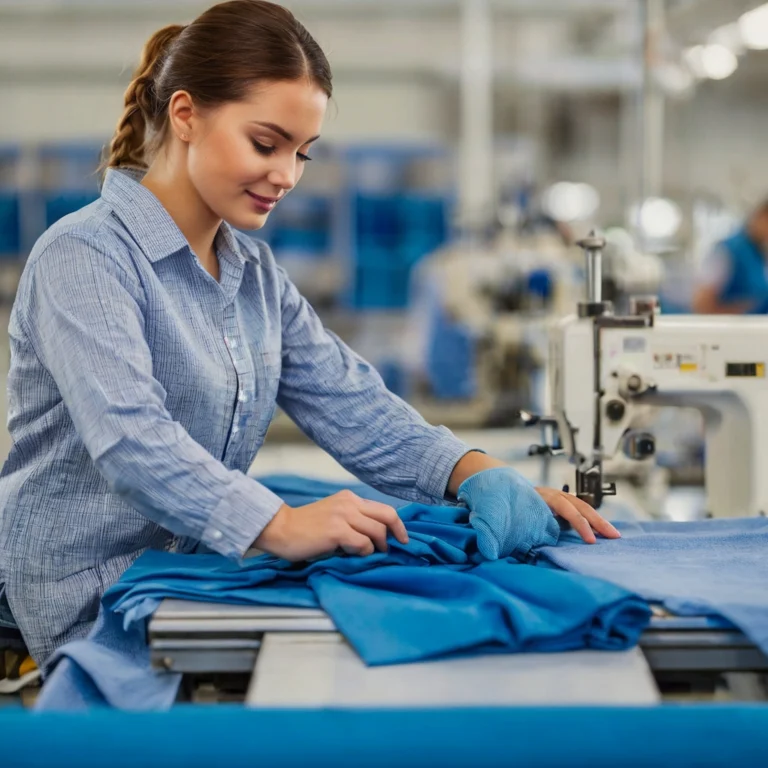Your Reliable High Quality Wholesale Custom Clothing Manufacturers

How to Find Clothing Manufacturers in China with Low MOQ: A Beginner’s Guide
China’s wholesale clothing manufacturers generate a staggering $380 billion annually and employ 4.6 million people. The industry has around 20,000 firms, which makes choosing the right manufacturing partner daunting for newcomers.
Small businesses and startups face a major challenge with high minimum order quantities (MOQs) when working with Chinese manufacturers. The digital world has evolved significantly. Many Chinese clothing manufacturers now offer low MOQ options, creating fresh opportunities for startup brands. Most reasonable MOQs start at 150-200 pieces, making production more available to emerging brands.
Low MOQ options let businesses reduce their original investment while adapting quickly to fashion trends. These smaller production runs also minimize overstock risks and cash flow issues that new clothing lines often face.
Let us show you practical ways to find and negotiate with low MOQ clothing manufacturers in China. These strategies will help you direct your brand through China’s big manufacturing ecosystem affordably, whether you’re launching your first collection or growing your existing line.
Why Minimum Order Quantities Exist in Wholesale Clothing Manufacturers in China
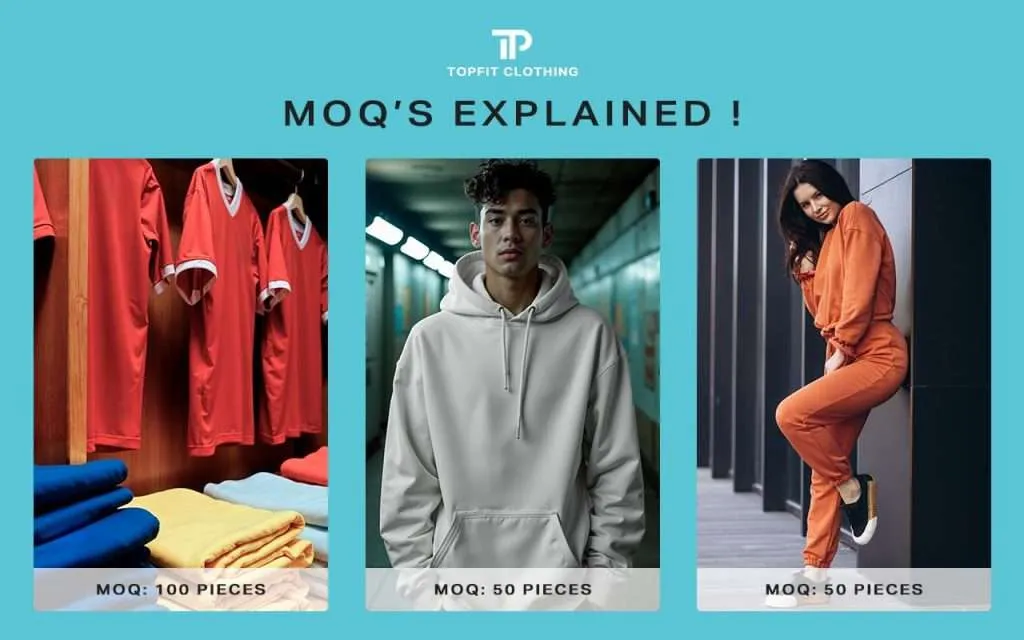
Wholesale clothing manufacturers in China set (MOQs), and with good reason too. New designers who understand these requirements can better guide their way through the production process.minimum order quantities
Why High Quality Clothing Manufacturers need to start production
Making clothes involves extensive preparation before the sewing begins. Factories must coordinate several tasks that need substantial upfront investment – from pattern making and material sourcing to machinery setup. Material suppliers sell fabrics in bulk, usually one roll minimum (about 100 meters) per color. This makes it impossible for high quality clothing manufacturers to produce small quantities without wasting materials.
The manufacturing process depends on streamlined operations. A simplified workflow needs:
- Pattern development and tech packs
- Machinery configuration
- Labor allocation and training
- Quality control processes
How Clothing Suppliers Set Their Own MOQs
MOQs aren’t random numbers. Best apparel manufacturers calculate them based on several operational factors. We focused on economies of scale, where larger production runs lower per-unit costs by spreading fixed expenses across more items.
The garment’s complexity affects minimum requirements. Designs with special embellishments or techniques need higher MOQs because they require extra setup work.
Resource optimization is vital. The right minimums help clothing manufacturers manage their materials, machinery, and labor while reducing waste and inefficiencies.
Why MOQs Protect Clothing Wholesale Manufacturers
MOQs act as a financial safety net for Chinawholesale apparel manufacturers China These minimums ensure production runs cover setup costs, labor expenses, and overhead while maintaining reasonable profits.
Quality standards stay consistent with MOQs. Small orders with frequent production changes often lead to .errors and variations in the final products
MOQs solve storage problems too. Wholesale clothing manufacturers avoid excess inventory that ties up resources and increases costs, while preventing potential stockouts. Without these minimums, they would need to charge much higher prices for smaller orders.
This system creates a balanced environment where best apparel manufacturers can work efficiently and deliver quality products at fair prices—even though smaller brands might find it challenging at first.
Challenges of High MOQs for Small Clothing Brands
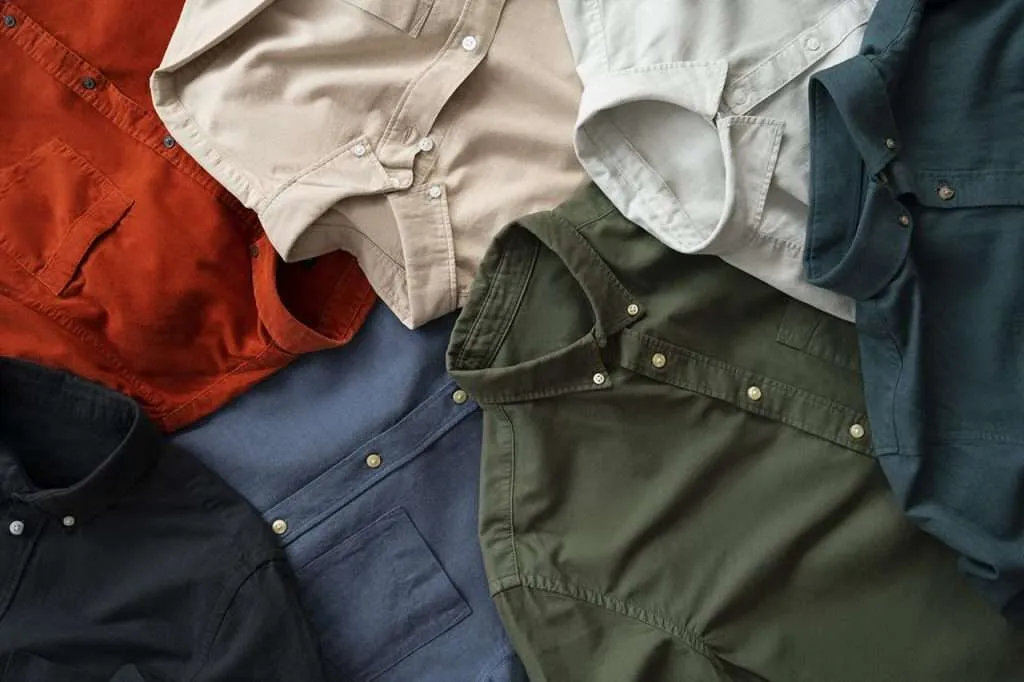
A clothing brand startup needs only 100 pieces to test the market. Yet high quality clothing manufacturers demand minimum quantities of 1,000 pieces per style. This gap between what apparel manufacturers require and what startups can handle creates real roadblocks for new fashion entrepreneurs.
Why startups struggle with large orders
High quality clothing manufacturers hit major financial roadblocks when they work with traditional manufacturers. Production costs run between Small clothing brands$10,000-$20,000 based on style complexity, colors, size range, and extras like labels and hangtags. Large orders cost less per unit, but most startups don’t have enough money for these volumes. Most factories won’t give credit to new businesses, so entrepreneurs must search extensively to find production partners.
Risks of overstock and cash flow issues
Excess inventory can sink emerging clothing brands. The fashion industry’s overstock reached $70-140 billion in sales value during 2023. Small brands that tie up money in unsold clothes face serious cash problems. They can’t spend on crucial needs like marketing and operations. This creates several challenges:
- Brands must cut prices and profits (US retailers increased discounts by 5 percentage points in 2024)
- , making it more expensive to keep extra inventoryStorage costs jumped 10% in 2023
- Too much unsold clothing becomes waste, with 30-40% of each season’s production made too quickly
How MOQs limit product testing
High minimums stop brands from testing designs before big investments. Without small-batch options, entrepreneurs can’t test multiple styles or react to customer feedback. This hurts fashion brands even more today as trends come and go faster. Successful fashion brands must know how to create and adapt to new customer priorities. That becomes almost impossible when they must commit to large production runs for untested designs.
How to Find Low MOQ Wholesale Clothing Manufacturers in China
Small order manufacturers need smart strategies and a complete picture to find. Chinese clothing factories now welcome startups and small brands with limited funds. Here are some practical ways to connect with these manufacturers.
Search for small or mid-sized factories
Factories in Guangzhou, Shenzhen, and Yiwu specialize in small-batch production and custom work. These smaller operations offer better flexibility than larger ones. They can handle . This makes them perfect partners when launching new clothing lines.orders as low as 50-100 pieces per style
Manufacturers with weekly production of 3,000-3,500 pieces tend to welcome smaller runs. They can fit these alongside their bigger orders.
Use sourcing platforms and directories
B2B marketplaces are a great way to get started with low MOQ wholesale clothing manufacturers:
- Alibaba: The largest B2B platform with verified wholesale clothing manufacturers in China, allowing you to filter for suppliers accepting small orders
- Global Sources: Provides detailed product information and manufacturer capabilities
- Made-in-China: Connects buyers directly with factories offering pricing and MOQ details
These platforms have “Ready-to-Ship” sections that help you spot factories equipped for smaller runs.
Visit trade shows or plan a China trip
Trade shows quickly connect you with manufacturers face-to-face. The Canton Fair, Intertextile Shanghai Apparel Fabrics, and Magic bring together many factories sorted by categories and capabilities. You can talk directly with factory representatives about your production needs and MOQ flexibility during these events.
Factory visits let you see facilities firsthand. This builds trust and creates stronger business relationships.
Work with sourcing agents or trading companies
Sourcing agents know factories that might not show up online. They represent multiple clients and can negotiate better terms than you might get on your own. Their connections often include manufacturers who take , especially in manufacturing hubs.orders as low as 300-750 units
These agents check and verify factories too, which reduces risks in international manufacturing.
Negotiation Tactics to Lower MOQ Requirements
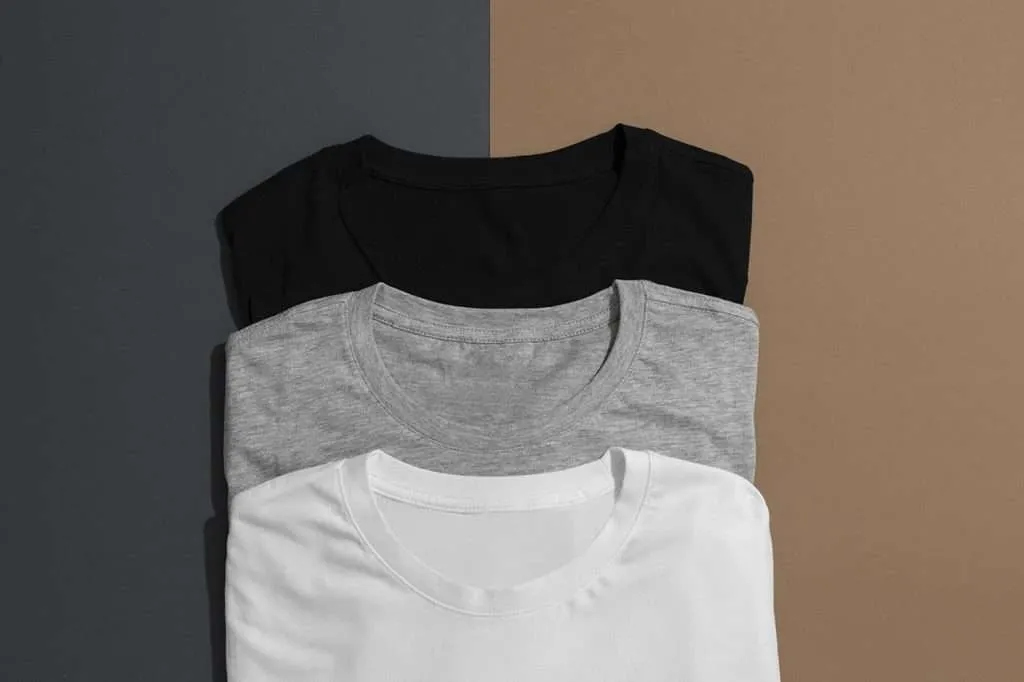
Smart negotiation with Chinese clothing manufacturers can reduce . My experience working with factories shows there’s room for flexibility if you use the right approach.minimum order requirements
Show long-term business potential
Manufacturers value lasting partnerships more than one-off orders. You can show your business growth plan through detailed yearly forecasts that highlight your expansion path. Your original meetings should cover your marketing strategy and distribution channels to build trust. Factories often when buyers show real potential for long-term partnerships.reduce MOQs by 20%
Offer to pay more per unit
MOQs might seem fixed at first, but you can offer a higher price per unit. This helps clothing wholesale manufacturers offset the reduced efficiency of smaller production runs. Most factories accept 50-100 piece orders instead of their usual 300-500 requirement if you pay 10-15% more per garment. The factory keeps its profit margins while you get smaller quantities.
Share startup costs with the factory
You could also offer to split the setup costs. Making clothes involves many one-time expenses that factories usually spread across big orders. The factory might accept smaller orders if you help pay for pattern making, sample development, or material sourcing. On top of that, it helps to order standard materials the factory stocks rather than custom fabrics to cut their upfront costs.
Use quality control as leverage
Quality assurance can be a powerful bargaining chip. You can ask for a trial order with a lower MOQ while highlighting your strict quality standards. Clothing wholesale manufacturers who care about their reputation often agree to this approach, especially when you show you understand production processes. Without doubt, promising detailed quality checks gives factories confidence their products will get a proper assessment.
Partner with other small brands
Small brands working together can solve MOQ challenges completely. Look for businesses that order similar garments or use the same materials to place joint orders. Each brand gets what they need while meeting the factory’s requirements together. Order sharing can while keeping standard pricing.reduce individual commitments by 50-70%
Conclusion
Research, patience, and mutually beneficial negotiations are essential to find the right with low MOQ requirements. This piece shows why manufacturers set minimum orders and the ground challenges small brands face. You’ll learn practical methods to locate flexible factories and ways to reduce quantity requirements that work.clothing manufacturer in China
The digital world for small clothing brands has changed substantially. Chinese manufacturers now value their work with emerging designers and have adapted their business models. Growth in sourcing platforms, specialized agents, and shared ordering choices has created new production paths that weren’t available ten years ago.
MOQs should be seen as negotiation starting points rather than barriers. Better terms often come through showing your business potential, adjusting prices appropriately, or sharing startup costs. You might solve quantity challenges and grow your professional network by forming alliances with complementary brands.
Strong manufacturing relationships need time to develop. Your first production run might need some compromises. Each order after that builds credibility and creates better conditions. Start small and verify your designs with real customers. Production can scale as your market grows. This method cuts risk and lets your brand grow naturally based on customer feedback.
Finding low MOQ wholesale clothing manufacturers in China might look tough at first. The rewards make it worth the effort – you can create your unique clothing line without a huge financial burden. This piece gives you the strategies to turn your fashion vision into reality while you retain control of inventory and cash flow.
